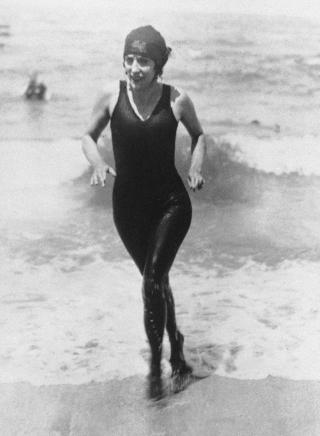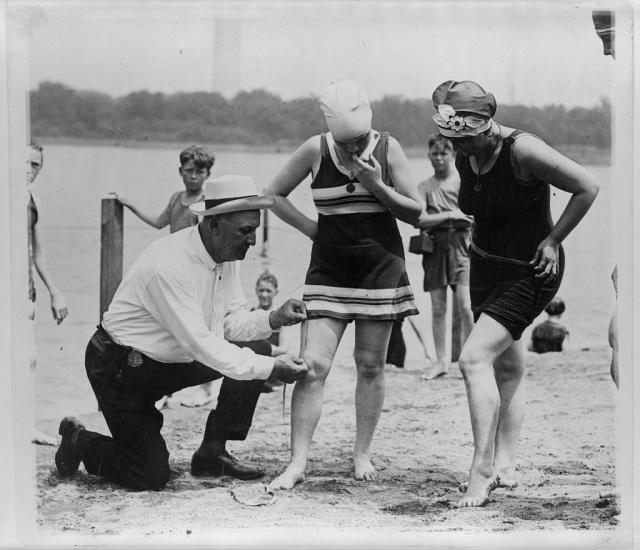Photos show French police making a woman take off her blouse on a beach where burkinis are banned

Several French coastal towns, including Cannes and Nice, have recently banned the “burkini” from their beaches. The garment, a full bodysuit with a head covering that some Muslim women (and plenty of non-Muslim women) wear to swim, has been labeled an ostentatious display of religious affiliation that poses a threat to public order—the implication being that this swimwear somehow encourages terrorism.
Many have called these bans Islamophobic. They are also, once again, a way to police and control women’s bodies.
The images of French police apparently enforcing one such law on a beach in Nice provides a stark illustration of that dynamic:
Height of absurdity: Nice police seem to force burkini-clad woman to remove it and fine her. https://t.co/rhHfOEQ5Dz pic.twitter.com/yQ4egCwjrq
— Kenneth Roth (@KenRoth) August 24, 2016
The images, credited to Vantage News, show three policemen approaching a woman who’s lying on the beach in Nice wearing a loose long-sleeved blouse, leggings, and a head scarf. The woman is then shown taking off her blue blouse as they stand over her. She wears a sleeveless bodysuit underneath, with a round neck. (Quartz has contacted Nice police to ask for more information about the incident.)
That’s right: It appears a woman was forced to take off her clothes to comply with the law.
Another woman, was fined in Cannes for wearing a full body swimsuit, AFP reports, and was given a ticket accusing her of not wearing “an outfit respecting good morals and secularism.”

Annette Kellerman in a proper attire, 1928.
This might seem surreal, but it’s actually nothing new. The history of beachwear is full of examples of women’s attire being policed.
In 1907, Annette Kellerman, a professional swimmer and one of the first women to attempt to cross the English Channel, was arrested in Boston for daring to wear a swimsuit cut above her knees.
Through the decades, officious men have often dwelled excessively upon the question of exactly how much of her own body a woman is free to show or cover. The images from Nice are reminiscent of pictures from the first half of last century showing police (and sometimes private citizens) measuring women’s swimwear, or confronting them for failing to adhere to a dress code.

Good morals in Florida, 1934.

Good morals in Washington, DC, 1922.
The burkini, just like the bikini, can arguably be seen as a tool of empowerment for women. Aheda Zanetti, the designer credited with inventing it, told the BBC she designed it so that women would have freedom to choose what to wear on the beach, if they prefer to wear more cover than a traditional one-piece or two-piece suit offers. “No man in this entire world can tell us what to wear or what not to wear,” she said.
Except they can. And judging from these pictures, they do.

Sign up for the Quartz Daily Brief, our free daily newsletter with the world’s most important and interesting news.
More stories from Quartz:

 Yahoo Finance
Yahoo Finance 